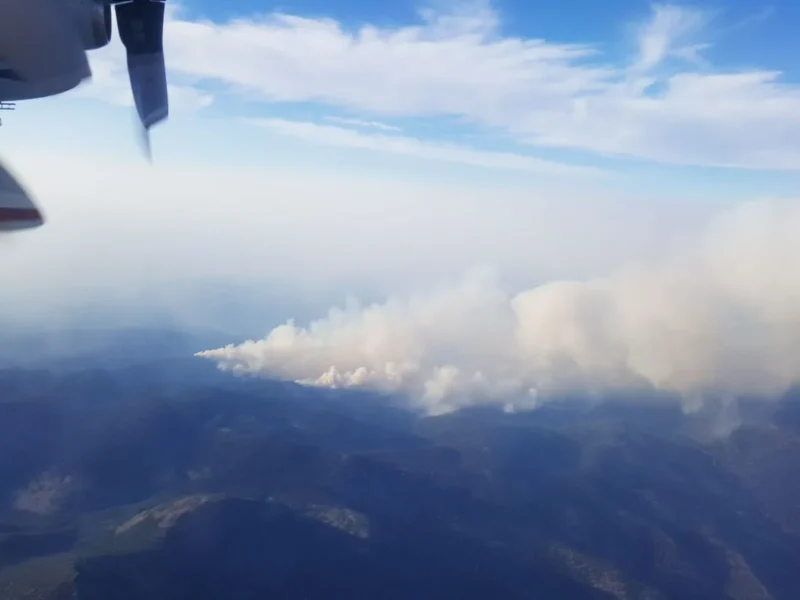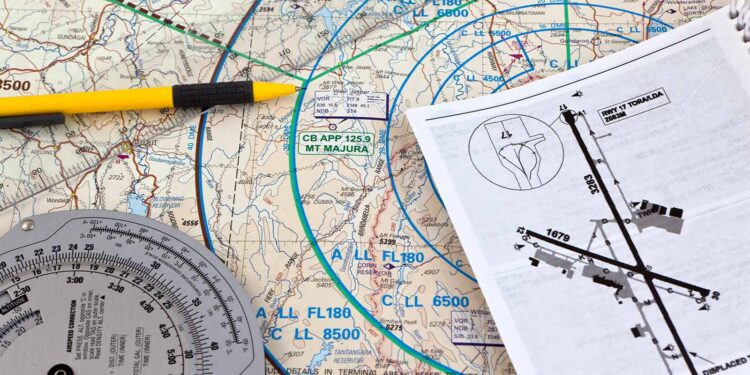Here in Canada, we like to use the Remarks section in a METAR. Take a look at this example:
CYYZ 280200Z 36007KT 15SM FEW040 FEW120 BKN230 22/16 A2987 RMK SC1AC2CI1 SLP112
The stuff after RMK is the type of cloud cover, and the sea level pressure in milibars. So in the example above the sky is covered with:
- 1/8th Strato Cumulus
- 2/8th Alto Cumulus
- 1/8th Cirrus
And the sea level pressure would be 1012.5 milibars.
Automated weather stations aren’t able to determine the type of cloud cover. Previously they’ve usually just put the sea level pressure in the Remarks section. However, now, they are displaying the density altitude. Take a look at this automated metar:
CYZE 280200Z AUTO 32005KT 9SM OVC100 18/14 A2993 RMK PRESRR SLP138 DENSITY ALT 1100FT
We can see that the density altitude is 1100′ above sea level. Handy for calculating your performance numbers.
So Nav Canada, why don’t you include the density altitude on all your METARs, not just the automated ones?


A few non-automated Canadian sites now include density altitude in the remarks section of their METAR and as time goes on, it will become increasing common. Nav Canada is currently in the process of rolling out a new weather observation hardware and software system, stations using this system publish density altitude. At the present time 3 stations are using this software, CYHM, CYOW and CYSN.